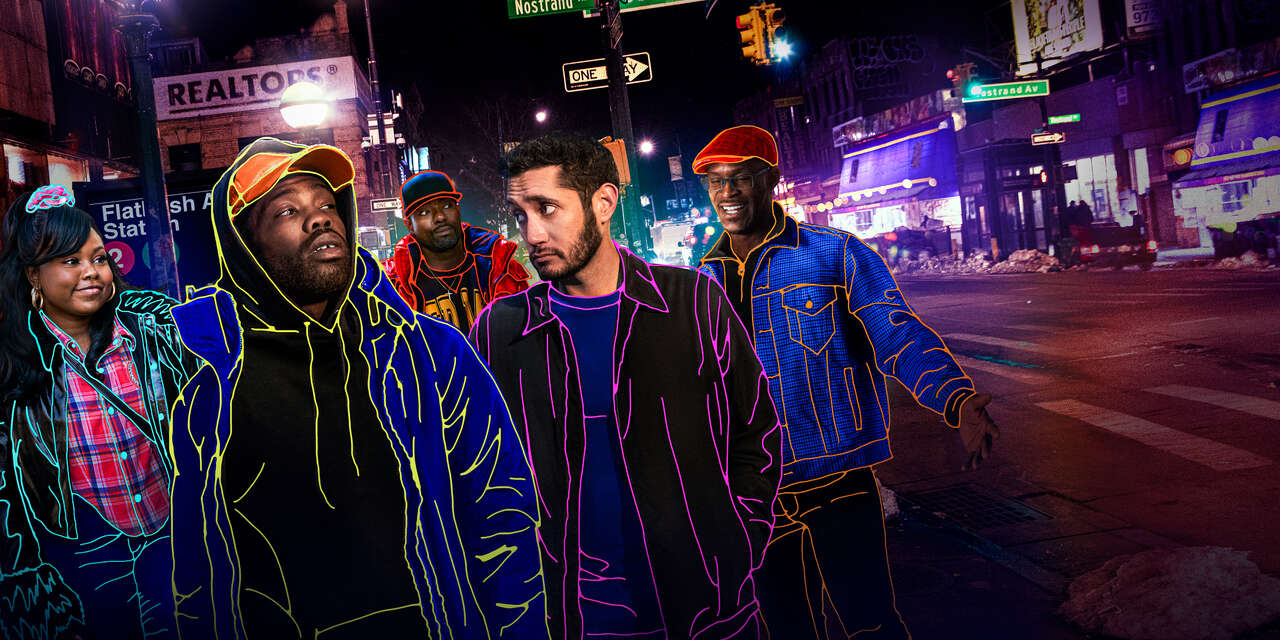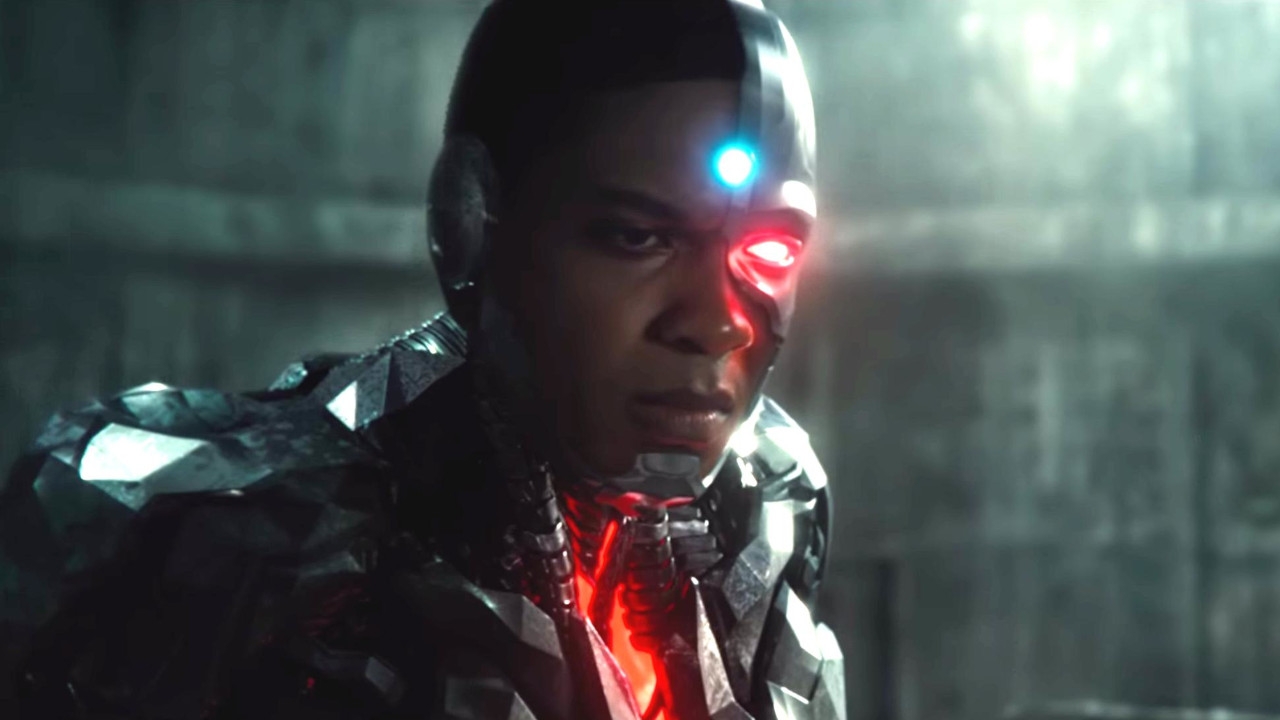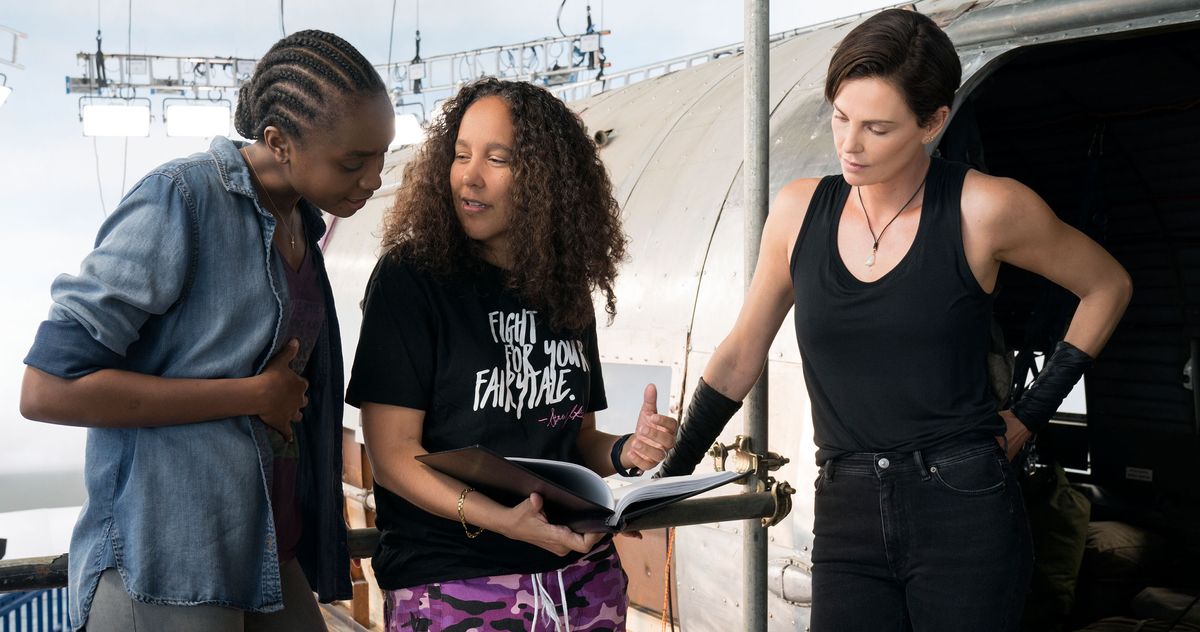“Flatbush Misdemeanors” is a new dark comedy series airing on Showtime from Kevin Iso and Dan Perlman. The series is a raw and compelling look at life in Flatbush, Brooklyn where everyone does what they can to get by in their day-to-day lives. It’s a show filled with love, brotherhood, and an undeniable appreciation for the city the characters call home.
The show is adapted from Iso and Perlman’s work on their award-winning web series of the same name. That success sprouted the opportunity of taking the web series to television continuing in a trend that is becoming the norm for finding and developing talent in Hollywood.
But just like the characters in “Flatbush Misdemeanors,” Kevin Iso is just glad for the opportunity to create and put on for the city he loves. We sat down with Iso to learn more about the inspiration for the series, transitioning from the web to television, and how the recent success is affecting him.

Flatbush Misdemeanors
Kulture Hub: What was the inspiration behind the title “Flatbush Misdemeanors?”
Kevin Iso: The word misdemeanors sorta came about in the title because we all kinda have to break the law in a way, one way or another to survive, and not in a way with malicious intent or violence. But it’s like you do certain things where you just need to make some money. So I’m going to sell this bag or whatever it is that you might be into or something small like stealing chocolate milk from the lunch line.
I remember when I was in a defensive driving class for getting pulled over and dude told me that if a cop wants to pull you over then he can. There’s no way to drive perfectly. And it hit me that, yo we’re committing crimes no matter what we do and that really stuck with me.
With Flatbush, I’m from Houston originally and I’m Nigerian. I remember in 2015 I went to Nigeria for the first time and out there I had seen people selling grains, food, whatever on the side of the road. And when I was in Flatbush I saw the same thing and it felt like I hadn’t moved at all. It felt like the same place.
Growing up, being African you were always the butt of the joke to the point where people were trying to hide who they were. To put this show in Flatbush was an opportunity to shed light and put all of these cultures on television in a positive way.
Capturing Flatbush authentically
KH: How important was it to highlight Flatbush in a realistic way through the show?
ISO: That was honestly my biggest concern. I was super afraid that this thing would be Americanized or made to fit the pop culture, you know what I mean?
So down to every detail, we got artists from the neighborhood in the show. Their paintings are in the show. It’s all about those details and luckily our DP (director of photography) and wardrobe is from Flatbush. So it was a collective. Even in the Roti shop.
I remember they had the menu with like chicken curry. And we have some Trini people on the crew so I asked them does this menu look right. And they were like “Hell nah! It’s curry chicken.” And we changed it cause it all had to be right man.
KH: What was it like giving people from Flatbush an opportunity to be on-screen and represent their own community?
ISO: It was cool man. I was trying to do that intentionally. Angela Katherine who plays Amaya, we were filming across the street from a school and she was like “Yo, I went to school there!” So to see her happy, things like that mean more to me than a lot of this.
The cop from the first episode is also from the area and when he pulled up to film he said that he walked there from his crib and I thought that was dope. So it was dope to do this for the community for sure.
The intricacies of television
KH: What was it like transitioning from a web series to television?
ISO: It’s challenging because you go from doing something yourself where you don’t have a huge team which is challenging in itself. But you don’t deal with locations, the many hours in a day, So it’s like the grass is greener kind of thing. By yourself, you’re like ‘man nobody is watching this.’ But at the same time, you have the freedom to do a lot of things you can’t when you get into production.
You have all these limitations because that’s just how television is. So not knowing how TV works was just a huge learning experience. And it makes me actually appreciate other shows more. It made me appreciate “Atlanta” a lot more because I went back and watched it with this new lens I have. Knowing how much it cost and what this takes, now I know what they have to go through.
The inspirations behind Flatbush Misdemeanors
KH: What were the main inspirations for this series? Is there a lot of personal influence on the story or do most of the themes and storytelling come from things you’ve heard or experienced in the city?
ISO: Definitely the city itself. One thing for me was Jay Electronica’s music. The way he has those long scores where Ronald Reagan would talk for two minutes before he starts rapping. It sets the mood for what you’re about to listen to. So how can I translate that to the television world?
Another big one is “Hey Arnold.” They were talking about some real shit on that show. And it was the way they put it together that was dope. As a kid you wouldn’t really know what it was about. Like with chocolate boy, he was addicted to chocolate but as an adult you realize it’s about addiction.
Stoop kid represented the people who never leave their block because they’re afraid to. The way they pieced that show together, all of the characters, and in a way that didn’t feel preachy. That’s what we shot for. It’s hard to explain the show to people but that’s what I say. It’s like “Hey Arnold.”
Balance is everything
KH: Now you created this show with Dan Perlman as well. What is it like collaborating as a duo on a project like this?
ISO: You got to look at it like an actual relationship where you figure out what works well between you guys. And you give the other the space to do their thing and then you do yours. But together you guys figure out what works best when it’s both of you and you understand each other. So you gotta kind of treat it like you’re dating somebody.
KH: What is it like taking this next step to television? Are you excited about this moment?
ISO: I don’t feel this over-elation or excitement about any of it, to be honest with you. I don’t really like to think that way because throughout my career I always had these high expectations when something would happen.
Like I had my first agent when I was 23 and I was like, Oh, I’m going to be out of here. And then within like nine months, they dropped me and that shit taught me a lot. I was depressed for like a year. I remember that whole year I wrote like one joke and it was just angry and mean and I was like what is wrong with me?
But that taught me bro, don’t set your heights too high to the point you start losing your mind. Like oh, I’m gonna be at the Emmys and this and that. Like no, just live in the present and enjoy it. So that’s where my mind is.
“Flatbush Misdemeanors” premiered on May 23rd on Showtime.













